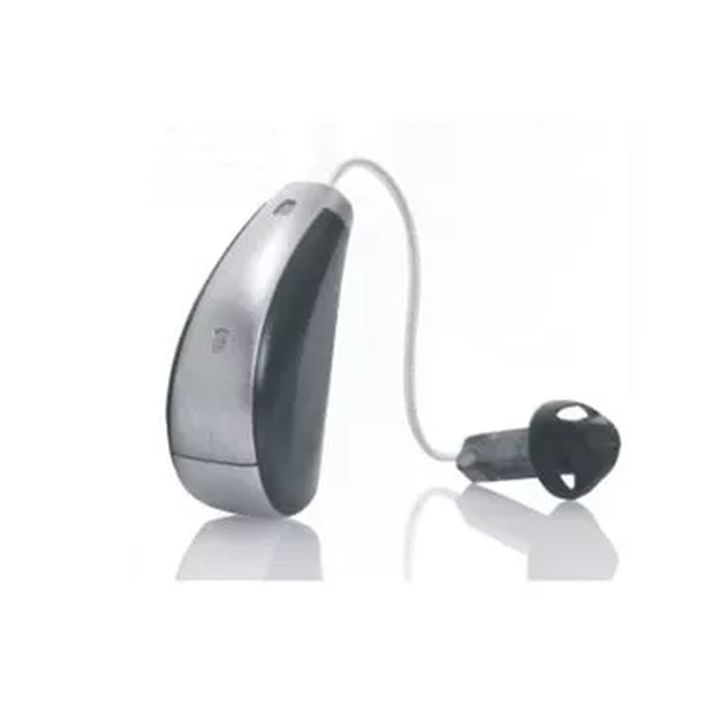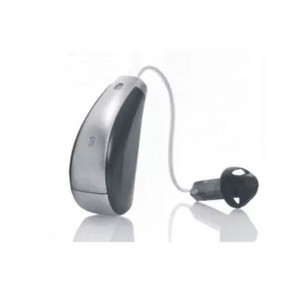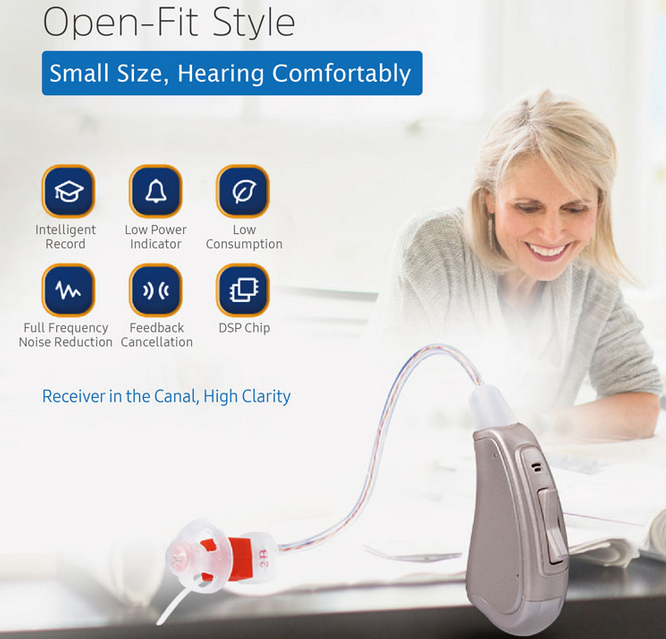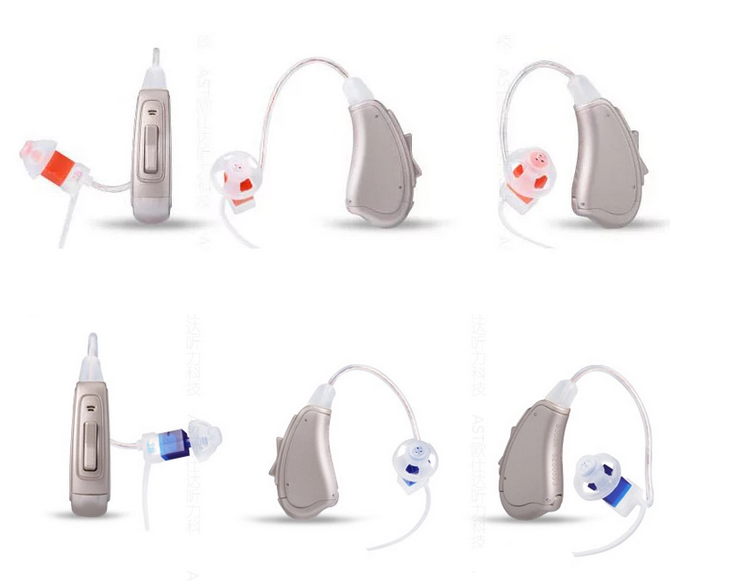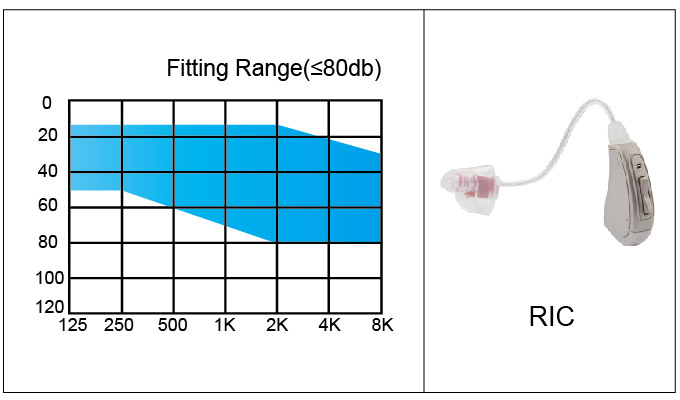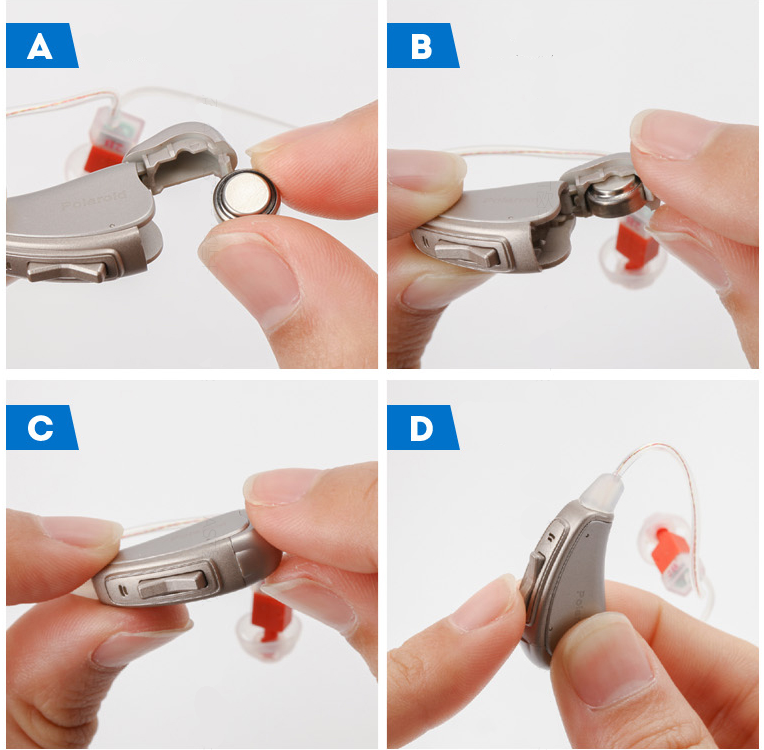Spieth receive in the canal RIC hearing aids
The RIC hearing aid is placed behind the ear in a body that contains the microphone, amplifier and processing chip, while the receiver (speaker) is placed in the ear canal via a thin wire connection. This design means that the size can be smaller than traditional behind-the-ear hearing aids and produces a more natural sound with less acoustic feedback (whistling).
Advantages of RIC hearing aids
Ability to hear high frequency sounds
The first symptom of hearing loss for most people with hearing loss is the absence of high frequency sounds (e.g. finding themselves unable to hear an electric bell, birds chirping in the park, etc.).
RIC hearing aids excel at amplifying high frequency sounds, while still producing a natural sound effect. Therefore it is very suitable for people with early detection of hearing problems or mild to moderate hearing loss, but of course RIC also has models designed for people with severe hearing loss.
You’ll hardly notice wearing a hearing aid.
The RIC is extremely compact and lightweight, making it much more comfortable to wear than other hearing aid shapes.
You will hear a more natural sound.
Because the receiver is placed in the ear canal, it transmits sound directly into the ear canal, which means the sound is less likely to be distorted. In addition, because RIC machines can be used with open ear plugs as an option, the discomfort of the plugged ear effect is dramatically reduced. These two factors make RICs one of the most natural sounding types of hearing aids available.
Mitigating the blocked ear effect
Hearing aids cover or block the ear canal, which can lead to problems such as hearing yourself too loudly or feeling a hollow sound, a cacophony of sounds when swallowing, and other sensations.
RIC hearing aids, on the other hand, have receivers that leave the entrance portion of the ear canal open, so serious occlusion benefits can be avoided.
Reducing annoying acoustic feedback
Since the receiver is separate from the microphone and amplifier, this means that there is much less potential for signal confusion within the device itself, and therefore also reduces the occurrence of acoustic feedback (whine).
